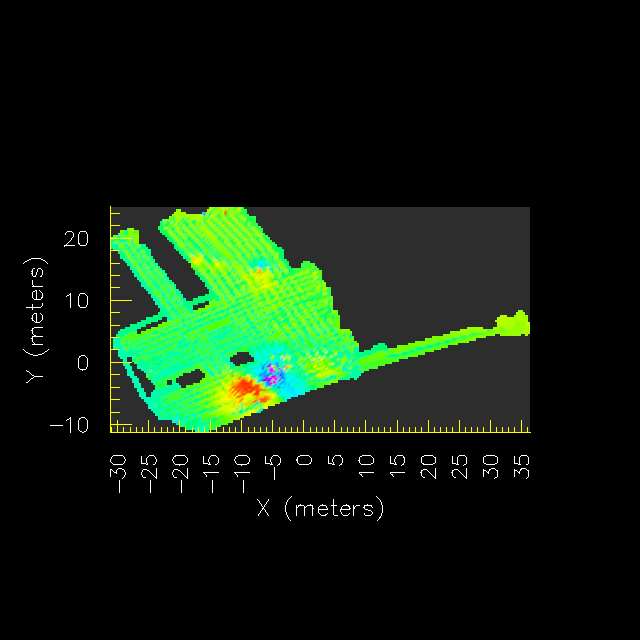
Figure 1
I'm finally getting back to analysing the data taken by Beach Comber I during the 2005 survey.
After folding the GPS and each of the magnetometers data together to for a 2-D vector field ( discussed here ), I was able to do an interpolation using Radial Basis Functions in 3-D to arrive at the regular grid ready for plotting.
Figure 1 shows the Cesium magnetometer data across the survey area. In the lower portion of the survey area, I detect a region in which the magnetic field differs from the background by significantly more than the noise. This is seen in the colour rendition as a blue and red region, see Figure 1, that differs from noise (green). Occationally, other signals above noise are seen too; these are rendered in cyan and yellow.
From the size of the signals, I interpret the red and blue areas as some real anomoly.
The three fluxgate magnetometers (Figures 5, 6, & 7) show no descrimination of the signal - there are no obvious signals above the background noise. That is, we are unable to detect any change in the ambient magnetic field.
It would have been nice to see a correlation in the fluxgate magnetometers, however there is no such conformation of the possible presense of the anomly as is seen in the Cesium magnetometer data.
Based on the location and orientation of the red & blue region in Figure 1 compared to the historic photograph (Figure 2) and the line of sight depicted at the time of the 2005 survey (Figures 3 and 4), I would speculate that it is indeed possible that we have detected the wreck. I say this with caution, as the descrimination of the anomoly isn't striking (just noticable). It is also possible that we have detected a large rock, driftwood, or some other object which just happens to match the location seen in the historic photographs.
It is compelling that the orientation of the wreck is, as far as one can tell from the photograph, perpendicular to the line of sight of the survey and that the anomly is also in that orientation and is of the right size to be the Blanco.

Figure 1
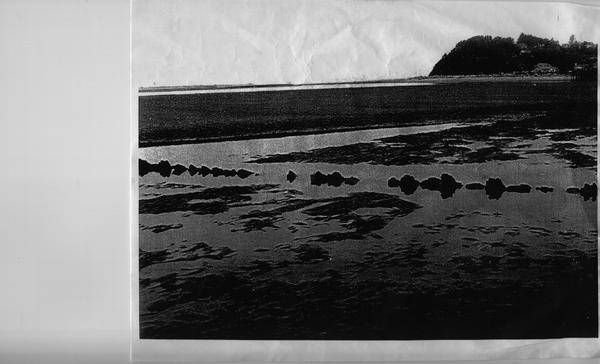
Figure 2
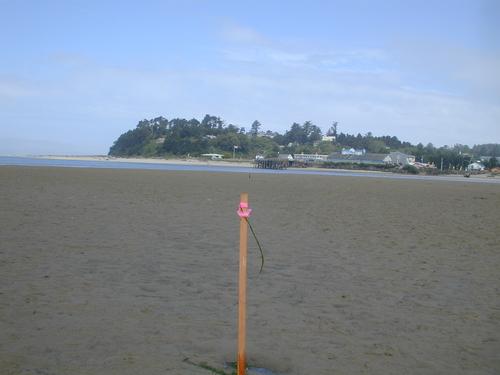
Figure 3
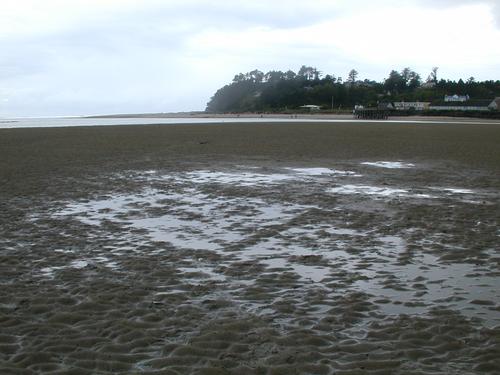
Figure 4
The descrimination of the fluxgate magnetometers doesn't appear to be so good. So poor, I didn't bother integrating the data from three magnetometers together.
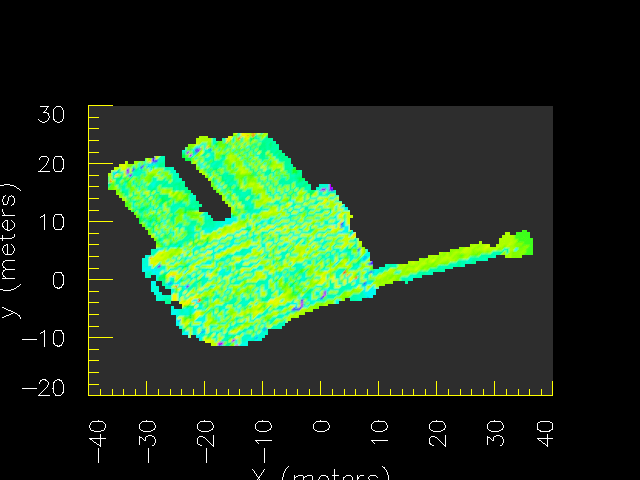
Figure 5
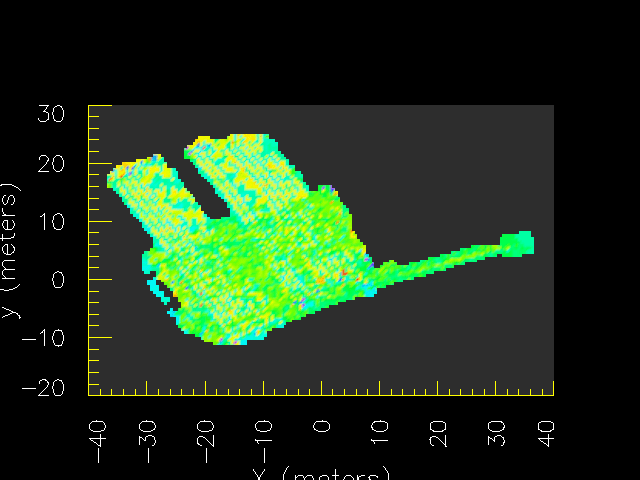
Figure 6
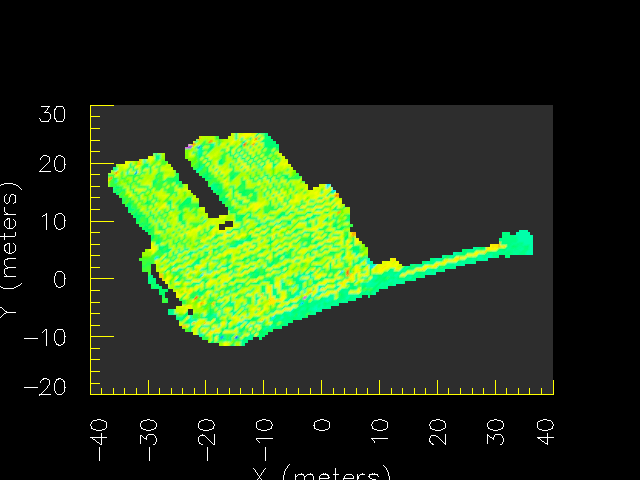
Figure 7